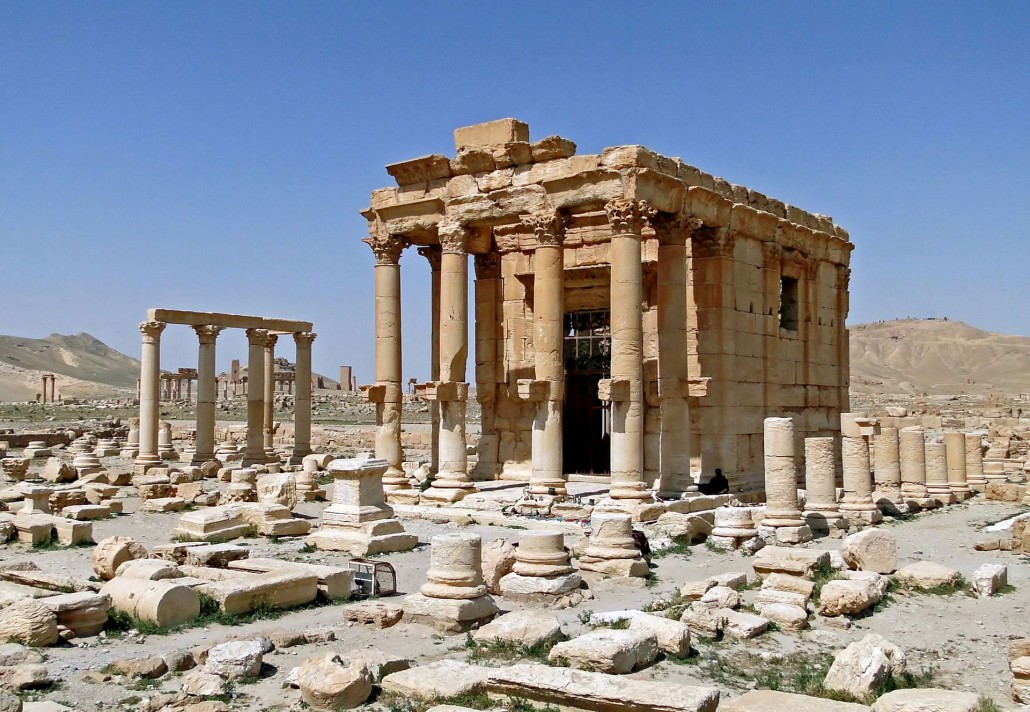
BEIRUT (AP) – Islamic State militants have destroyed a temple at Syria’s ancient ruins of Palmyra, activists said Sunday, realizing the worst fears archaeologists had for the 2,000-year-old Roman-era city after the extremists seized it and beheaded a local scholar.
Palmyra, one of the Middle East’s most spectacular archaeological sites and a UNESCO World Heritage site, sits near the modern Syrian city of the same name. Activists said the militants used explosives to blow up the Baalshamin Temple on its grounds, the blast so powerful it also damaged some of the Roman columns around it.
The Britain-based Syrian Observatory for Human Rights said Sunday night that the temple was blown up a month ago. Turkey-based activist Osama al-Khatib, who is originally from Palmyra, said the temple was blown up Sunday. Both said the extremists used a large amount of explosives to destroy it.
Both activists relied on information for those still in Palmyra and the discrepancy in their accounts could not be immediately reconciled, though such contradictory information is common in Syria’s long civil war.
The fate of the nearby Temple of Bel, dedicated to the Semitic god Bel, was not immediately known. Islamic State group supporters on social media also did not immediately mention the temple’s destruction.
The Sunni extremists, who have imposed a violent interpretation of Islamic law across their self-declared “caliphate” in territory they control in Syria and Iraq, claim ancient relics promote idolatry and say they are destroying them as part of their purge of paganism. However, they are also believed to sell off looted antiquities, bringing in significant sums of cash.
Al-Khatib said the Baalshamin Temple is about 500 meters from the Palmyra’s famous amphitheater where the group killed more than 20 Syrian soldiers after they captured the historic town in May.
The temple dates to the first century and is dedicated to the Phoenician god of storms and fertilizing rains.
The head of UNESCO, Irina Bokova, said Friday that Islamic State extremists in Syria and Iraq are engaged in the “most brutal, systematic” destruction of ancient sites since World War II – a stark warning that came hours after militants demolished the St. Elian Monastery, which housed a fifth-century tomb and served as a major pilgrimage site. The monastery was in the town of Qaryatain in central Syria.
___
By BASSEM MROUE, Associated Press
Associated Press writers Hamza Hendawi and Qassim Abdul-Zahra in Baghdad contributed to this report.
Copyright 2015 Associated Press. All rights reserved. This material may not be published, broadcast, rewritten, or redistributed.
AP-WF-08-23-15 2144GMT


